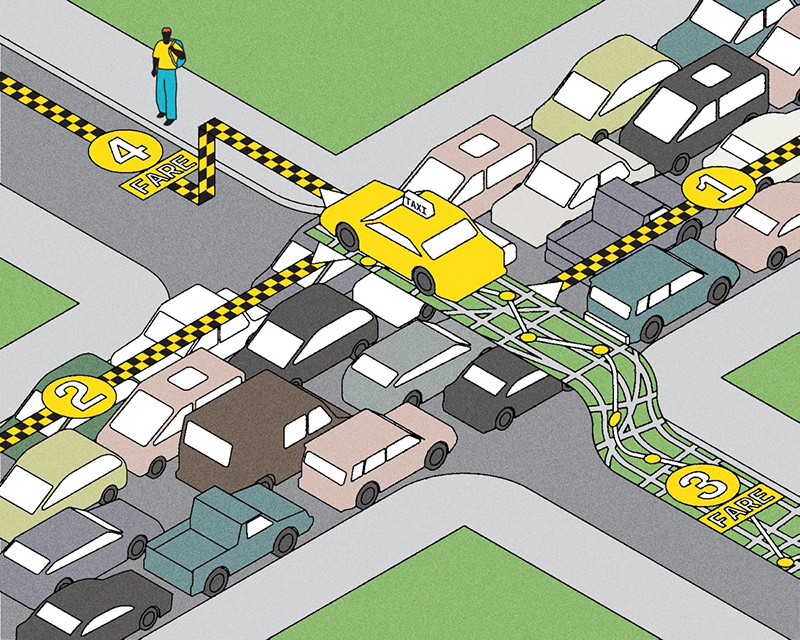Adults and children with anemia cost developing countries billions of dollars every year in lost productivity, according to a study led by U of T economics professor Sue Horton. “One in three of the world’s population suffers from anemia, so there are tremendous economic consequences,” she says. Anemia, a blood deficiency, is often related to lack of dietary iron and leads to reduced physical strength.
Horton and epidemiologist Jay Ross calculated the economic impact of iron deficiency in 10 countries. They found that, on average, a country loses 0.6 per cent of its gross domestic product (GDP) due to low physical productivity from adults lacking sufficient dietary iron. When the long-term impact of learning and motor impairments in children with anemia was added, the figure rose dramatically, to four per cent of the GDP.
According to the study, published in Food Policy, close to $4.2 billion US is lost annually due to iron deficiency in Bangladesh, India, Sri Lanka and Pakistan alone. Yet fortifying food with iron is inexpensive and the payback tremendous, notes Horton. For every $1 US invested, a country receives $36 US back in increased productivity.
Recent Posts
People Worry That AI Will Replace Workers. But It Could Make Some More Productive
These scholars say artificial intelligence could help reduce income inequality
A Sentinel for Global Health
AI is promising a better – and faster – way to monitor the world for emerging medical threats
The Age of Deception
AI is generating a disinformation arms race. The window to stop it may be closing




One Response to “ Anemia Bleeds Developing Economies ”
So what's being done about it? Why is iron deficiency not being treated more effectively, prevented, and caught before it becomes a cost issue?